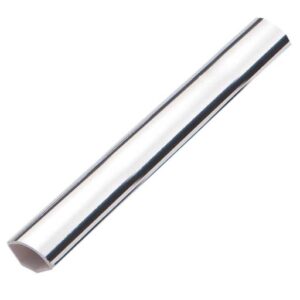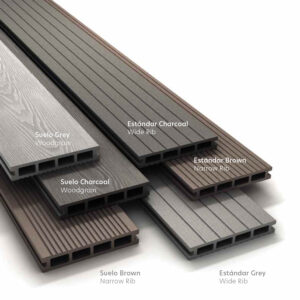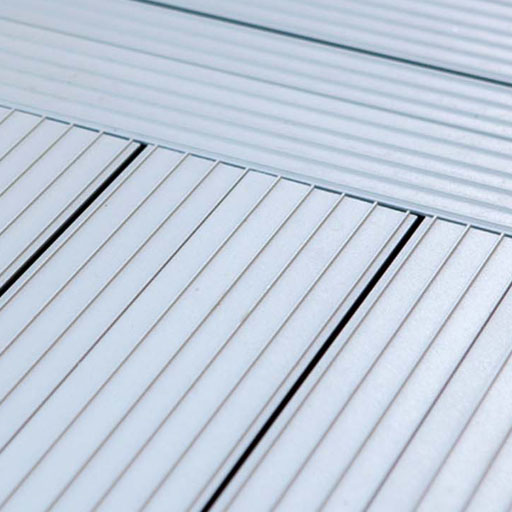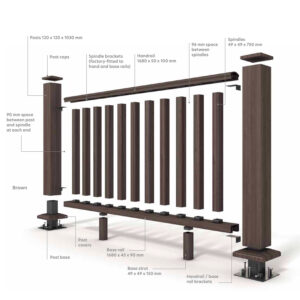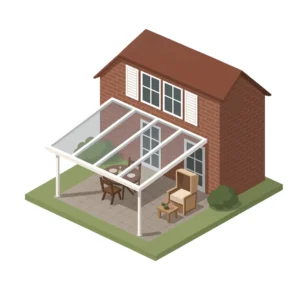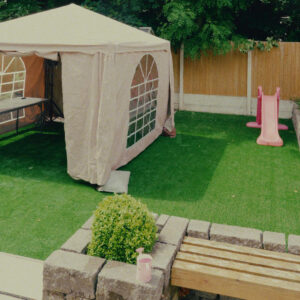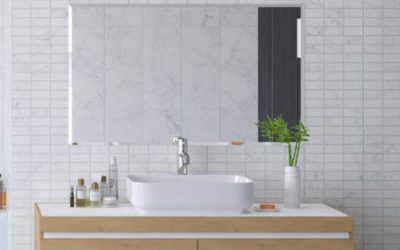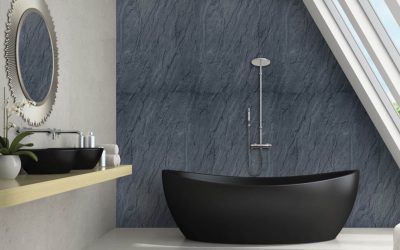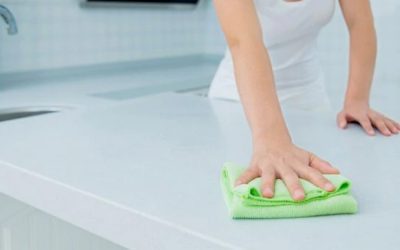How to prevent bathroom mould
How to prevent bathroom mould
Don't let mould take over your bathroom.Mould can occur anywhere in the home. However, there are certain areas where it is far more likely to occur and bathrooms are the biggest culprit. If mould does occur, you need to nip it in the bud right away to prevent it spreading. The best solution however is to prevent it in the first place because as well as looking unsightly, it can also be bad for your health.
What conditions does mould love to grow in?
Mould loves specific environments:
Damp areas are the ideal environments for mould to grow. If surfaces are left damp and not wiped down, especially textured surfaces like grouting between tiles, mould will thrive. It is worth remembering that mould does not need a wet environment, it very much prefers damp environments that are often filled with condensation.
Little fresh air circulating is another thing that mould loves. The lack of fresh air allows spores to build up and spread around the room.
Darkness, or low level light is another thing that helps mould thrive.
These features highlight why bathrooms are often victims of mould – there is a lot of condensation that is left to dry slowly with the light off, and minimal air circulation as windows are often kept closed.
How can you prevent mould growth in bathrooms?
Knowing what causes mould is half the battle in preventing it.
To prevent condensation building up, installing an extractor is the best option. If that is not possible it is important to ensure you open a window while condensation clears. Reducing condensation will help prevent surfaces from staying damp for too long. Also make sure your bathroom gets plenty of natural light. Open the blind or window covering during the day to ensure light fills the room when it’s not in use.
It is still important that you still regularly clean your walls, and pay particular attention to surfaces such as tiles and grouting. Water can linger in the spaces within grout, and mould thrives there. Therefore these surfaces need to be regularly scrubbed to keep them mould free.
Surfaces that mould does not like
To add extra security when trying to prevent mould, PVC wall and ceiling panelling is the ideal solution. These panels use a convenient tongue and groove system and can be installed directly onto existing walls, or fixed to battening if you want to add an air gap to improve insulation.
PVC panels provide a smooth, waterproof surface to help fight against mould. Being waterproof the panels do not allow condensation to be absorbed as it would with a plaster wall. This means walls will not stay damp for long periods – a condition that helps mould grow. Another benefit of PVC panels is that, unlike grout, they are smooth and do not have tiny gaps where mould spores can settle and grow.
PVC wall panels come in lots of different styles, allowing you to achieve the appearance you most want to have in your bathroom.
Transform your bathroom now
More help with hygiene solutions
Bathroom Style Ideas
Looking for some inspiration for your bathroom makeover? Look no further! Get all the style inspiration you need right here.
How to Find the Perfect PVC Panel for your Bathroom
PVC wall panels come in many shapes, styles and sizes. In this week’s blog we figure out how to know which panel is your bathroom’s perfect fit.
How to make your home more hygienic: 10 tips to detox your home
Keeping your home hygiene friendly is of the utmost importance, especially at the minute! We are here to share our top tips with you on how to make your home more hygienic. Keep harmful bacteria out and your family safe with these super simple steps to maintain a clean home.






